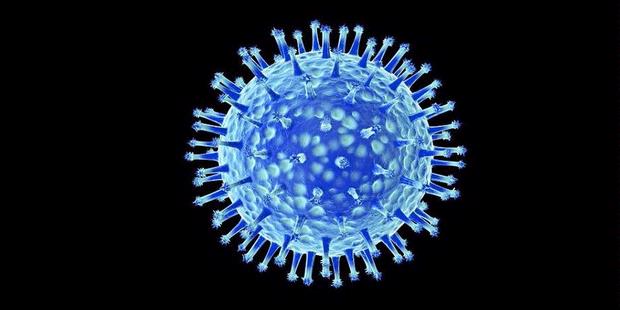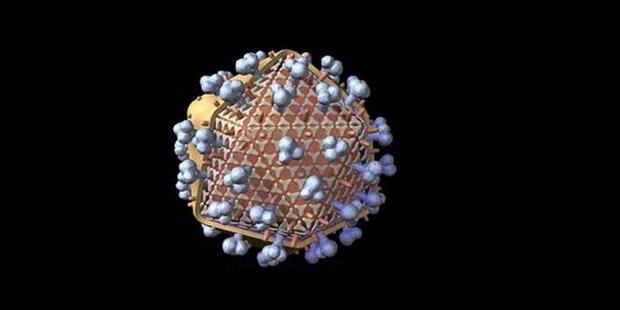
ROTTERDAM, KOMPAS.com — Inilah virus paling berbahaya. Virus ini bisa memusnahkan manusia, tetapi sekaligus juga dibuat oleh manusia.
Tak ada nama spesifik bagi virus itu, atau setidaknya belum diberi nama secara resmi. Ahli virus dari Pusat Medis Erasmus di Rotterdam, Belanda, Ron Fouchier adalah orang yang menciptakan virus itu. Ia melakukannya dengan memutasikan materi genetik virus H5N1. Untuk menguji patogenitas virus, Fouchier memakai musang sebagai hewan percobaan karena memiliki saluran pernapasan serupa dengan manusia.
"Ini adalah salah satu virus paling berbahaya yang bisa Anda buat," kata Fouschier seperti dikutip Daily Mail, Minggu (27/11/2011). Virus ini jauh lebih mudah menginfeksi manusia dan ditularkan ke manusia lain. Jika virus ini sampai "bocor" ke publik, potensi pandemik global akibat virus ini sangat tinggi. Boleh jadi, spesies manusia dibuat musnah karenanya.
Lalu apa tujuannya membuat virus yang bisa mematikan manusia? Fouchier mengatakan, penelitian ini bagian dari usaha internasional memahami H5N1. Riset serupa lain juga dilakukan tim peneliti kerja sama Universitas Wisconsin di AS dan Universitas Tokyo di Jepang.
Hasil penelitian Fouchier dan tim peneliti dari Wisconsin dan Tokyo kini tengah diulas oleh Badan Penasihat Sains Nasional untuk Keamanan Biologis Amerika Serikat (NSABB). Beberapa kalangan menolak publikasi hasil penelitian tersebut sebab dikhawatirkan akan disalahgunakan. Hasil penelitian bisa berdampak positif untuk kesehatan masyarakat, tetapi juga bisa dimanfaatkan sebagai senjata biologis.
"Kami tak mau memberikan road map bagaimana cara membuat virus buruk menjadi semakin buruk kepada para penjahat," kata Michael Osterholm, anggota NSABB yang juga merupakan pakar flu dan pertahanan biologis dari Pusat Penelitian dan Kebijakan Penyakit Infeksi di Universitas Minnesota, AS.
Sumber : www.kompas.com


